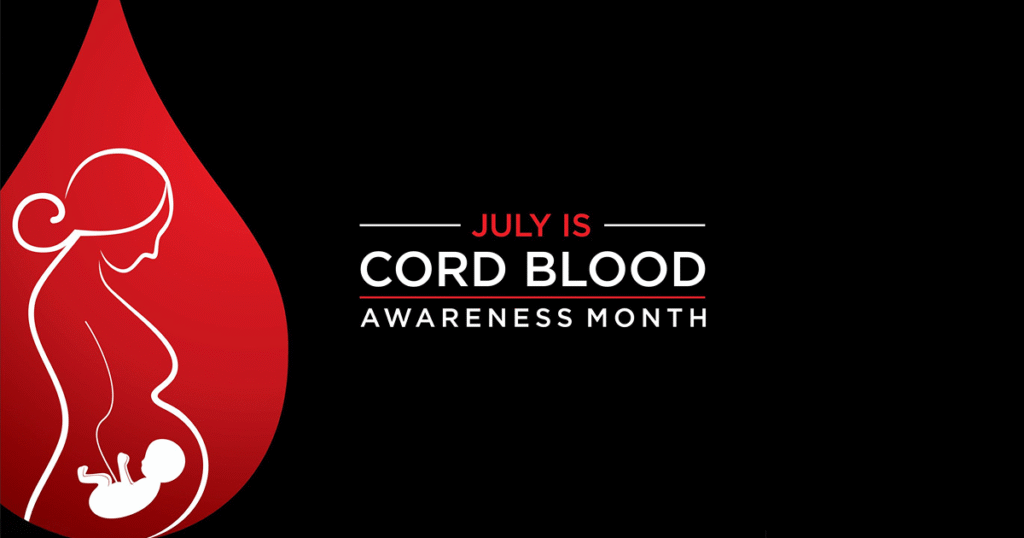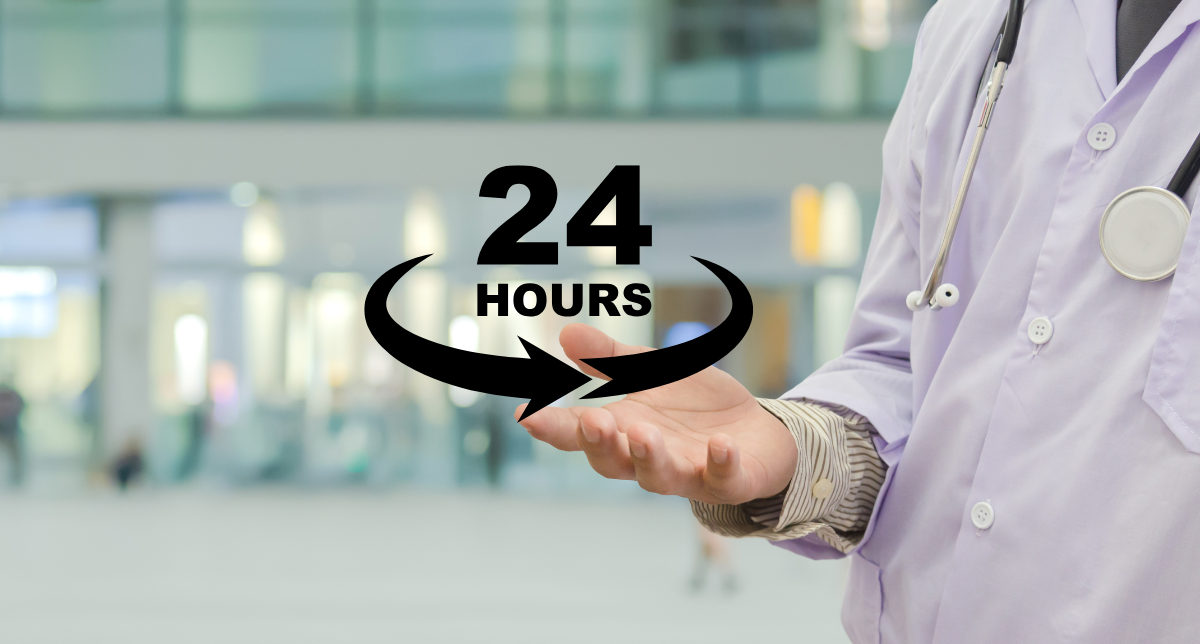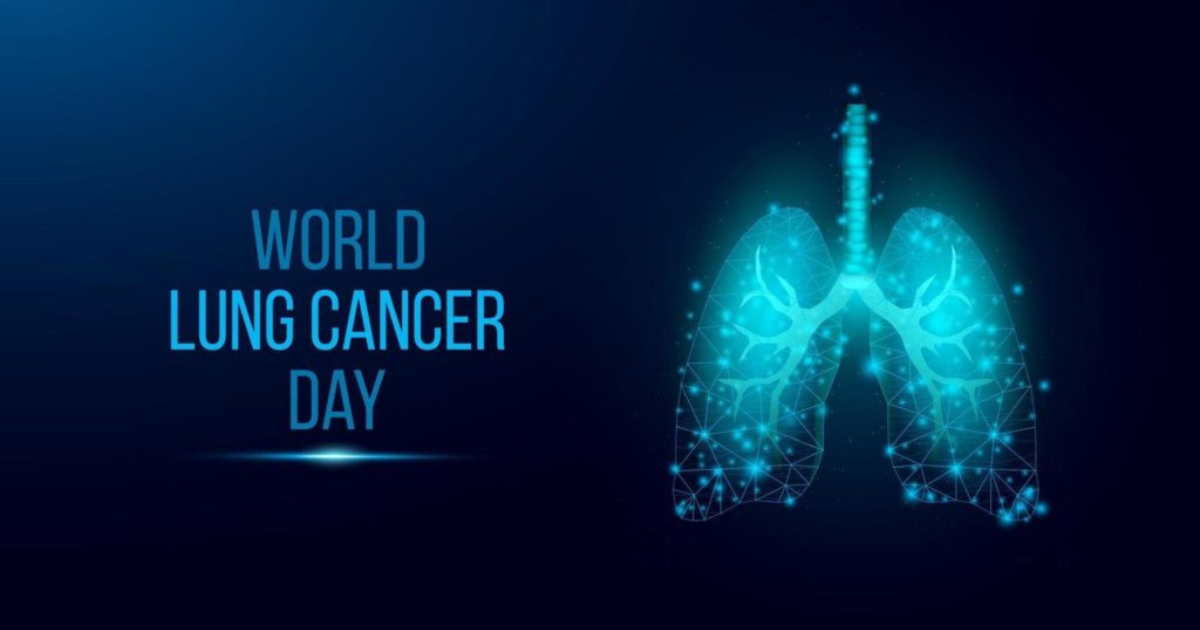Everything You Need To Know About Cord Blood Awareness Month 2025

Every July, the world turns its attention to a tiny biological miracle with life-saving potential: cord blood. July is Cord Blood Awareness Month, a time dedicated to educating parents, healthcare professionals, and the broader community about the importance, uses, and future potential of umbilical cord blood banking.
At BMC Hospital, we believe in empowering families with the knowledge they need to make informed decisions about their health and the future of their children. In this post, we explore everything you need to know about Cord Blood Awareness Month 2025—from its history and importance to how you can get involved and potentially save lives.
What Is Cord Blood?
Cord blood is the blood that remains in the umbilical cord and placenta after a baby is born and the cord is cut. It’s rich in hematopoietic stem cells, which are powerful cells that can develop into all kinds of blood cells—including red blood cells, white blood cells, and platelets.
These stem cells are genetically unique to the baby and can be a perfect match for siblings or family members, depending on compatibility.
Why Is Cord Blood Important?
Cord blood can be used to treat over 80 life-threatening diseases, including:
- Leukemia
- Lymphoma
- Sickle cell anemia
- Certain metabolic and immune system disorders
The use of cord blood in stem cell transplants is rapidly growing. It’s often preferred over bone marrow in some cases due to its lower risk of rejection and quicker availability.
The Origins of Cord Blood Awareness Month
Cord Blood Awareness Month was established to educate expectant parents and raise awareness of the potential benefits of saving cord blood. Over the years, it has evolved into a global movement that encourages:
- Public cord blood donations
- Private cord blood banking
- Funding for research
- Policy support for stem cell therapies
As of 2025, the awareness movement is more important than ever, especially with emerging breakthroughs in regenerative medicine.
Cord Blood Banking: Public vs. Private
What Happens During Collection?
The collection process is safe, painless, and non-invasive for both mother and baby. Here’s how it works:
- After the baby is born and the cord is clamped and cut, blood is drawn from the cord.
- The sample is then sent to a cord blood bank for processing and storage.
- The entire procedure takes only a few minutes and does not interfere with labor or delivery.
There are two main ways to store cord blood:
1. Public Banking
- Free of cost
- Donated to a public registry
- Used for patients in need of transplants worldwide
2. Private Banking
- Stored for personal or family use
- Involves an annual or one-time fee
- Offers biological insurance in case of future illness
At BMC Hospital, we support both options and provide detailed counseling to help families make the best decision.
Cord Blood and the Future of Medicine
Cord blood stem cells are not just for treating existing diseases—they’re paving the way for future treatments in regenerative medicine, including:
- Spinal cord injuries
- Type 1 diabetes
- Cerebral palsy
- Autism spectrum disorders
Clinical trials are underway worldwide, and the outlook is promising. Investing in cord blood today may offer life-saving options tomorrow.
BMC Hospital’s Role in Cord Blood Awareness
As a trusted leader in maternal and neonatal care, BMC Hospital actively participates in Cord Blood Awareness Month through:
- Community education programs
- Free counseling sessions for expecting parents
- Collaboration with public and private cord blood banks
Our mission is simple: to educate, empower, and enable families to explore all options available for their newborn’s health and well-being.
FAQs: What Expecting Parents Want to Know
Q: Is cord blood banking safe?
A: Yes, it’s completely safe for both mother and baby. It poses no risk and does not affect the delivery process.
Q: Can I donate if I have a C-section?
A: Absolutely! Cord blood can be collected during vaginal and C-section deliveries.
Q: What if I already have a family history of illness?
A: That makes banking even more valuable. Cord blood could be a lifeline for your child or other family members in the future.
How You Can Get Involved in Cord Blood Awareness Month 2025
There are many ways to support and spread awareness:
- Share Information: Post about cord blood on social media using hashtags like #CordBloodAwareness and #CBAM2025
- Donate or Bank: Consider banking your baby’s cord blood—or donate to a public bank.
- Talk to Your OB-GYN: Start a conversation early in your pregnancy.
Final Thoughts
Cord Blood Awareness Month 2025 is a reminder that small actions today can have life-saving consequences tomorrow. Whether you’re expecting a child, know someone who is, or simply want to support medical innovation—this is the perfect time to learn more.
At BMC Hospital, we are proud to stand at the forefront of maternal care and innovation. Talk to your BMC healthcare provider today to learn more about cord blood banking and how you can make a difference.
BMC Hospital – Nurturing Life, Empowering the Future.




